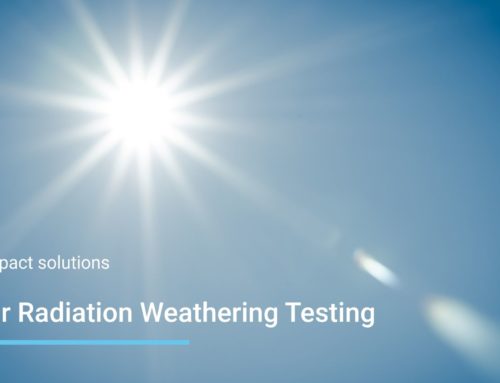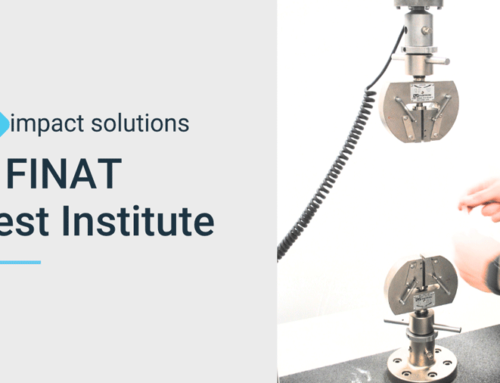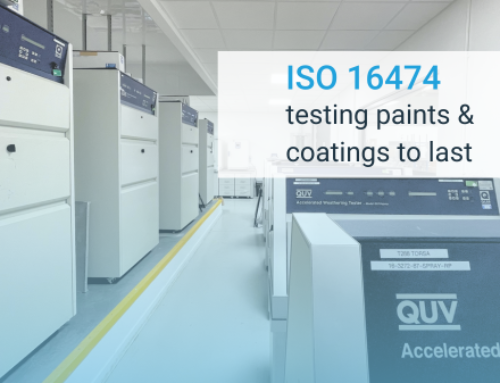UV light
We have all endured a difficult year, but thankfully, there seems to be light at the end of the tunnel. Lockdown is easing and life can begin some normality; however, the risk of spreading a virus is still very much a possibility. To make certain this normality can continue, it is important to find effective methods for sanitisation to diminish this risk. In order to do this, some are using Ultraviolet Light or UV light.
How can you use UV light for disinfecting?
UV light is a type of radiation that can be used to kill viruses and other bacteria. Of the many types of UV light, UVC light is the most effective for disinfection of surfaces, air and liquids. It works by destroying the outer protein of the virus molecules within seconds of application; ultimately inactivating the virus.
Many airports, for example, are using this technology in daily sanitisation processes; easing the minds of passengers and employees for safe travel. More implementation of this particular practice would support the goal of reducing restrictions and the spread of COVID-19.
What are the effects of UVC disinfection?
Although it is great for sanitisation, UVC light can be harmful to humans and other matter after a certain amount of exposure. Susceptible materials can begin to degrade physically and chemically.
Material durability testing against UVC stress is not widely available. However, we offer various material testing to minimise the damage these rays will have on different materials. Subsequently, this will ensure all materials are cleaner and more durable in the long term. For more information about what UVC light testing involves, click here.
If UV light degradation is a concern for your product or materials, why not contact us today? Our friendly staff will discuss and consult with you on the requirements of your material. After the initial contact and quotation, you will send your samples to Impact, where we will do the rest. Your technical contact will be available for updates as and when you wish, then you will receive a full technical analysis in the form of a test report.
Be sure to follow us on Facebook, LinkedIn, and Twitter if you would like to learn more.





